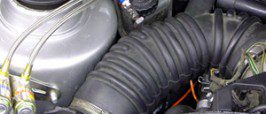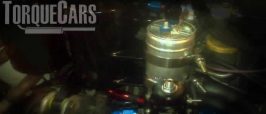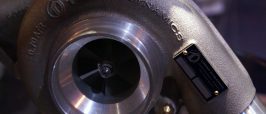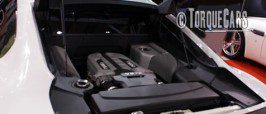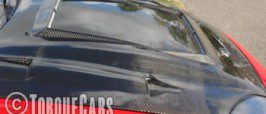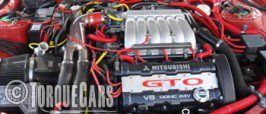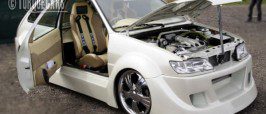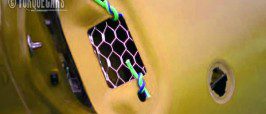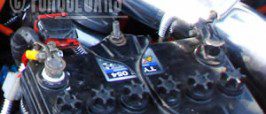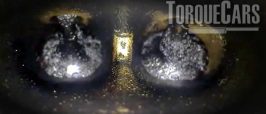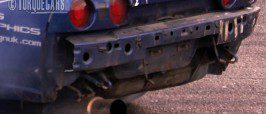Lamborghini Tuning Tips and Modifications
Maximise your Lamborghini driving pleasure
Thanks for visiting TorqueCars, we love Lamborghinis and see so many interesting Lamborghini projects.
If you are looking to build the ultimate Lamborghini then you’ve found the right place.

Our tuning tips and articles for the Lamborghini cover all the best mods and latest tuning methods to help you build a great modified Lamborghini.
With the help of our forum members, industry professionals and seasoned car modders we present a best practice guide to modding your Lamborghini.
Please join us in our forums, we love to hear what members are up to and it helps us spot trends so that we can ensure the site is always covering the latest and greatest tuning topics.
Feel free to drop a tip or suggestion on the comments box at the bottom of each and every article, this feedback is greatly valued and helps us refine our articles.
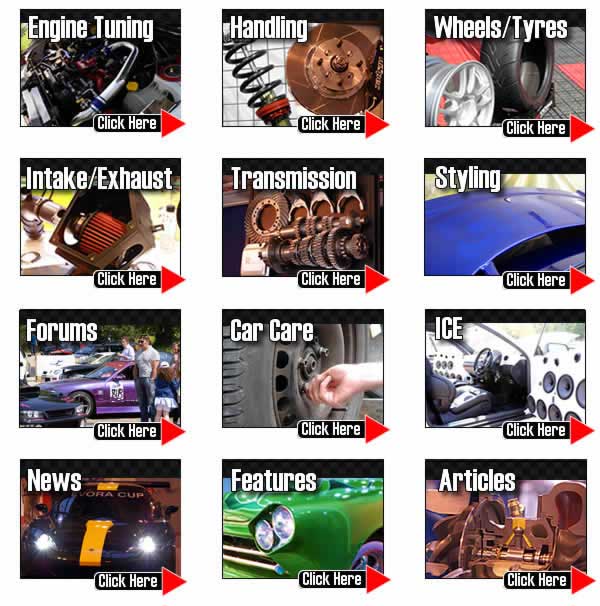
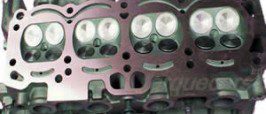
The heads primary job is the mixing of fuel and air and delivering this to the combustion chamber.
Any turbulence or drag can restrict the air flow into the engine starving you of power. So this TorqueCars article will focus on the intake valves and how they can be improved.
The aim of head tuning is both to maximise the amount of air and fuel that gets into the engine, and to improve the mixture.
Dry sumps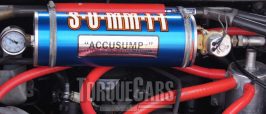
Guide to Dry sump engine conversions we look at the advantages and disadvantages and discuss why you would want to convert to a dry sump. A conventional sump is a reservoir at the bottom of the engine from where oil is pumped around the engine. The dry sump relocated this reservoir and offers more efficient lubrication.
Smoothed Airbox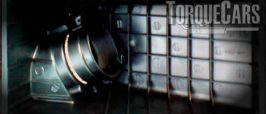
How to smooth your airbox, we look at smoothing and drilling airboxes, provide a how to guide and show the benefits and drawbacks and performance gains from having a smoothed airbox.
What is an induction kit and what does it do.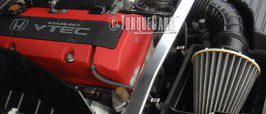
As induction kits are probably one of the most popular modifications for car tuning projects we thought we should add a introductory article to explain what they are, what they do and the theory behind them.
An induction kit is quite simply an air filter. Most cars have air filters mounted in an air box. These filters are generally constructed of paper which filters out the particles from the air and prevents these from getting into the engine. The airboxes are designed to reduce the noise of the engine and have various vanes and angles cut to maximise this noise reduction.

